miglior generatore di vapore a biomassa in vendita
Biomass steam generators use biomass as the fuel source to heat water and produce steam. They are used in many industries including food processing, pulp & paper, power generation and more.
Biomass Steam Generator
Biomass steam generators are used in the food, chemical and power industries. La biomassa viene trasformata in materiale combustibile mediante triturazione, essiccazione, macinazione e setacciatura. Combustibili da biomassa come trucioli di legno o steli di mais possono essere utilizzati per questo processo. Il combustibile solido viene quindi bruciato per produrre vapore ad alta temperatura che viene quindi utilizzato per vari scopi come l'essiccazione di alimenti come riso o canna da zucchero per renderlo adatto alla conservazione; cucinare il cibo; riscaldamento degli edifici in inverno, ecc.
I generatori di vapore a biomassa sono anche noti come riscaldatori a biomassa o bio-riscaldatori poiché utilizzano materiale biologico (biomassa) as a fuel source instead of fossil fuels like oil or carbone which have been exhausted over time.
What is a biomass steam generator?
best biomass steam generator
UN generatore di vapore a biomassa is a device that generates steam from a biomass. Biomass can be any organic material, including wood, plant matter and food scraps. Steam generators are used for many purposes, including generating electricity, industrial processes and heating. They’re also used for cooking—you’ve probably seen one in your local Chinese restaurant!
How does a biomass steam generator work?
steam generator working principle
The biomass steam generator is a system that uses a wood or other biomass fuel to create steam. The fuel burns in the firebox, which heats water in a boiler to generate steam. The steam is used to power a turbine, which turns and drives an electrical generator.
The electricity from the generator can be used on site or fed into the grid. In either case, it’s a renewable source of energy that doesn’t add to global warming because it’s carbon neutral.
Serve una nuova caldaia?
What are the types of steam generators?
Types of Steam Generators
Firetube. These are most often used in processes that need anywhere from from 15 a 2,200 potenza (1 hp = 746 watt, or W). This type of boiler is cylindrical, with the flame in the furnace cavity itself and the combustion gases themselves kept inside a series of tubes. These come in two basic designs: dry back and wet back.
Watertube. In this arrangement, tubes contain steam, acqua o entrambi, mentre i prodotti della combustione passano all'esterno dei tubi. Questi hanno spesso più set di tamburi, e perché usano relativamente poca acqua, queste caldaie offrono capacità di cottura a vapore insolitamente veloci.
Commerciale. These usually feature combinations of watertube, firetube e design a resistenza elettrica. Sono popolari nei grandi edifici che richiedono una temperatura per lo più costante, come scuole e biblioteche, uffici e edifici governativi, aeroporti, complessi di appartamenti, college e altri laboratori di ricerca ospedali, e così via.
Condensazione. Condensing boilers can reach thermal efficiency levels of to 98 per cento, rispetto a 70 a 80 percentuale ottenibile utilizzando modelli di caldaie standard. I livelli di efficienza tipici raggiungono circa 90 percentuale quando la temperatura dell'acqua di ritorno è a 110 F o inferiore, e aumentare con la diminuzione della temperatura di ritorno dell'acqua in seguito.
Tubo flessibile dell'acqua (tubo flessibile). This construction is particularly resistant to “heat shock,” making it a natural option for heating uses. Le caldaie a tubi d'acqua flessibili sono disponibili in un'ampia gamma di input di combustibile e sono adatte per applicazioni a bassa pressione che utilizzano vapore o acqua calda. (Not all “boilers” actually boil water!) Questi sono anche abbastanza facili da mantenere, con facile accesso alle parti di lavoro dall'esterno.
Elettrico. These boilers are famously low-impact: pulire, silenzioso, facile da installare, e piccoli in relazione alla loro utilità. Perché nulla viene effettivamente bruciato (questo è, non c'è nessuna fiamma di cui preoccuparsi), le caldaie elettriche sono meravigliosamente semplici. Non ci sono combustibili o attrezzature per la movimentazione del carburante nella miscela, e quindi nessuno scarico e nessuna necessità di tubi e porte associati. Inoltre, questi hanno elementi riscaldanti facili da sostituire.
Generatore di vapore a recupero di calore (ED). This is an innovative energy-recovery “heat exchanger” that recovers heat from a stream of hot gas passing by. Questi creano vapore che può essere utilizzato per azionare un particolare processo o utilizzato per azionare una turbina a vapore per alimentare la generazione di elettricità utilizzando un elettromagnete. HRSGs are built on a foundation of three primary components – an evaporator, a superheater and an economizer.

How much does a biomass steam generator cost?
biomass steam generator cost
Biomass steam generators are a cost-effective solution for heating and cooling applications. They are also ideal for industrial processes and other high-temperature applications.
The initial cost of a biomass steam generator can vary depending on the size, configuration, type of fuel used (per esempio., wood chips or pellets), and power output required by the system. In media, we have seen that biomass boilers range from $11-$25 per kilowatt of capacity when using wood fiber as a fuel source. Per esempio: If you look at our BTX product line which uses hardwood sawdust pellets, it would cost about $15-$20 per kilowatt of capacity installed (including installation costs).
If you’re looking for other options such as biomass boilers con prezzi di installazione inferiori ma costi di acquisto più elevati, dai un'occhiata alla nostra serie MBT che funziona con gas metano prodotto da discariche o altre fonti di rifiuti organici come fanghi di depurazione o avanzi di cibo da ristoranti e negozi di alimentari! Questi sistemi hanno un prezzo medio tra $18-$30 per kilowatt a seconda del tipo di attrezzatura per il recupero del calore necessaria, quindi assicurati di parlare con uno di noi prima di prendere una decisione!
Qual è la differenza tra una caldaia e un generatore di vapore?
A boiler is a heat exchanger that can be used to generate steam or hot water. It does this by heating up water in its interior and capturing the steam that results. A boiler will generally have a chimney situated above it so that the steam can escape safely, although some types of boilers do not have chimneys (see below).
A steam generator is also a heat exchanger but it differs from boilers in two important ways: firstly, it’s designed specifically for use in power plants; secondly, whereas boilers are typically located outdoors, most steam generators are installed indoors because they require more precise temperature control than standard boilers do.
Ricevi preventivi GRATUITI sulla caldaia
- ✔Ricevi preventivi GRATUITI per le caldaie locali oggi
- ✔Confronta i migliori prezzi
- ✔Risparmia denaro sulla tua nuova caldaia oggi!
What fuel does the steam generator use?
- Wood chips, wood pellets, or sawdust are used as biomass fuels. These are all organic materials that have been converted into fuel-like substances using a process called pyrolysis.
- Other types of biomass include agricultural waste such as rice husks and corn cobs; municipal solid waste like compostable kitchen scraps and paper; livestock waste like manure; and even algae.
- A boiler is used to generate steam in a steam turbine (which can be connected directly to an electricity generator). The purpose of this steam turbine is to convert thermal energy into mechanical energy by spinning its propeller blades around at high speed (and then allowing them to slow down again).
Conclusione
È importante sapere che il generatore di vapore a biomassa non è solo un mezzo per riscaldare l'acqua, ma anche un modo per generare energia. Usano diversi tipi di combustibili come i trucioli di legno, buccia di riso, e paglia che possono essere utilizzate come fonte di energia alternativa grazie alla loro abbondante disponibilità. Con l'aumento del costo dei combustibili fossili, these types of generators are becoming more popular because they provide an alternative source of fuel while also helping reduce pollution levels around cities or towns where there may not be any other source available nearby. This type of generator provides reliable service when needed most because it operates on renewable resources such as wood chips rather than burning natural gas from oil wells which could potentially run out someday if used too heavily throughout history.

Cerco caldaie con lavorazioni sofisticate, ottima qualità?
La caldaia Fangkuai può sempre fornire ciò che desideri.

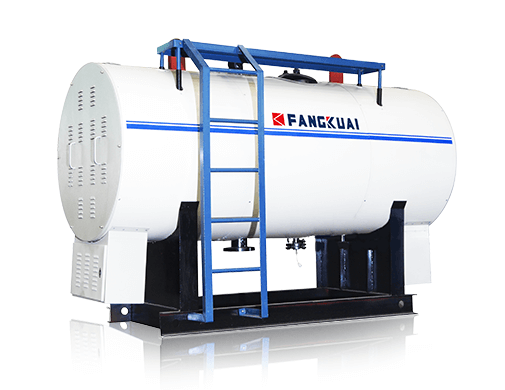 Caldaia elettrica per acqua calda
Caldaia elettrica per acqua calda 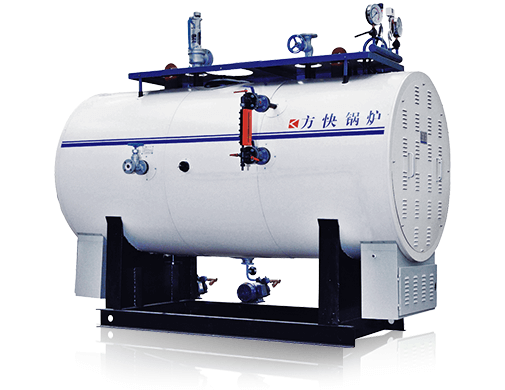 Caldaia a vapore elettrica
Caldaia a vapore elettrica 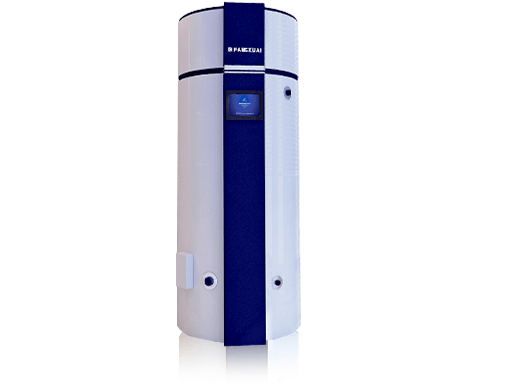 Caldaia ad acqua calda a gas V6
Caldaia ad acqua calda a gas V6 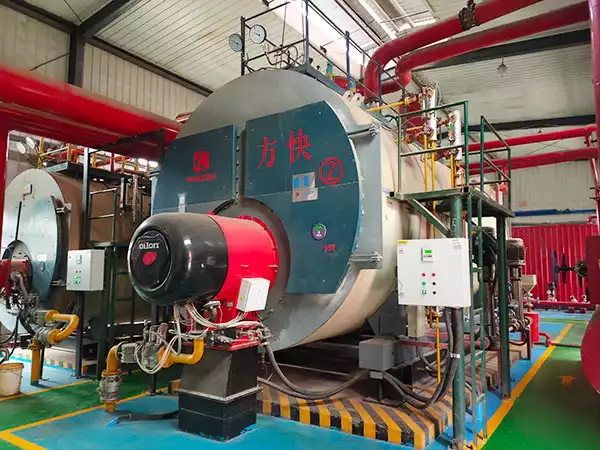 2023 Guida ai prezzi delle caldaie a gas | Confronto dei costi della caldaia a gas domestica
2023 Guida ai prezzi delle caldaie a gas | Confronto dei costi della caldaia a gas domestica 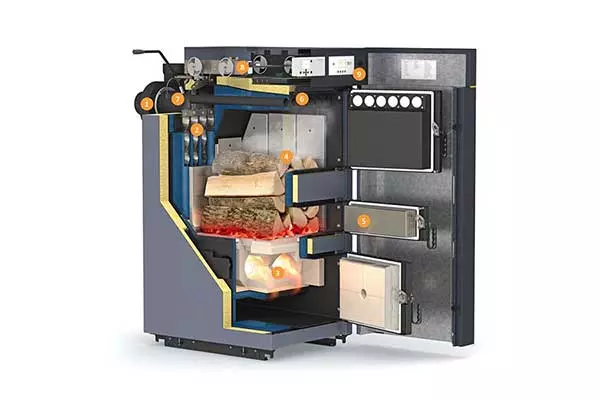 Le migliori caldaie a gassificazione del legno in vendita | Guida all'acquisto
Le migliori caldaie a gassificazione del legno in vendita | Guida all'acquisto 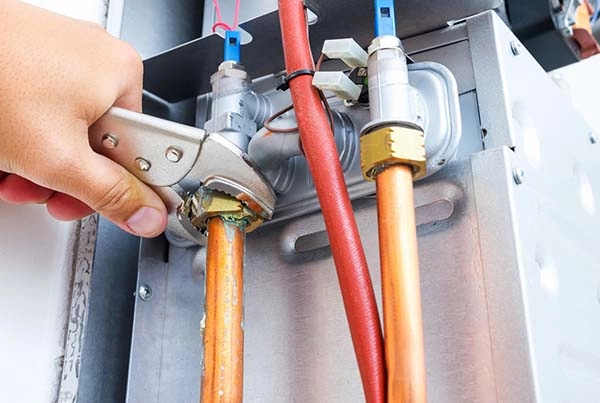 Prezzi della caldaia combinata elettrica | 2023 Guida all'acquisto
Prezzi della caldaia combinata elettrica | 2023 Guida all'acquisto 